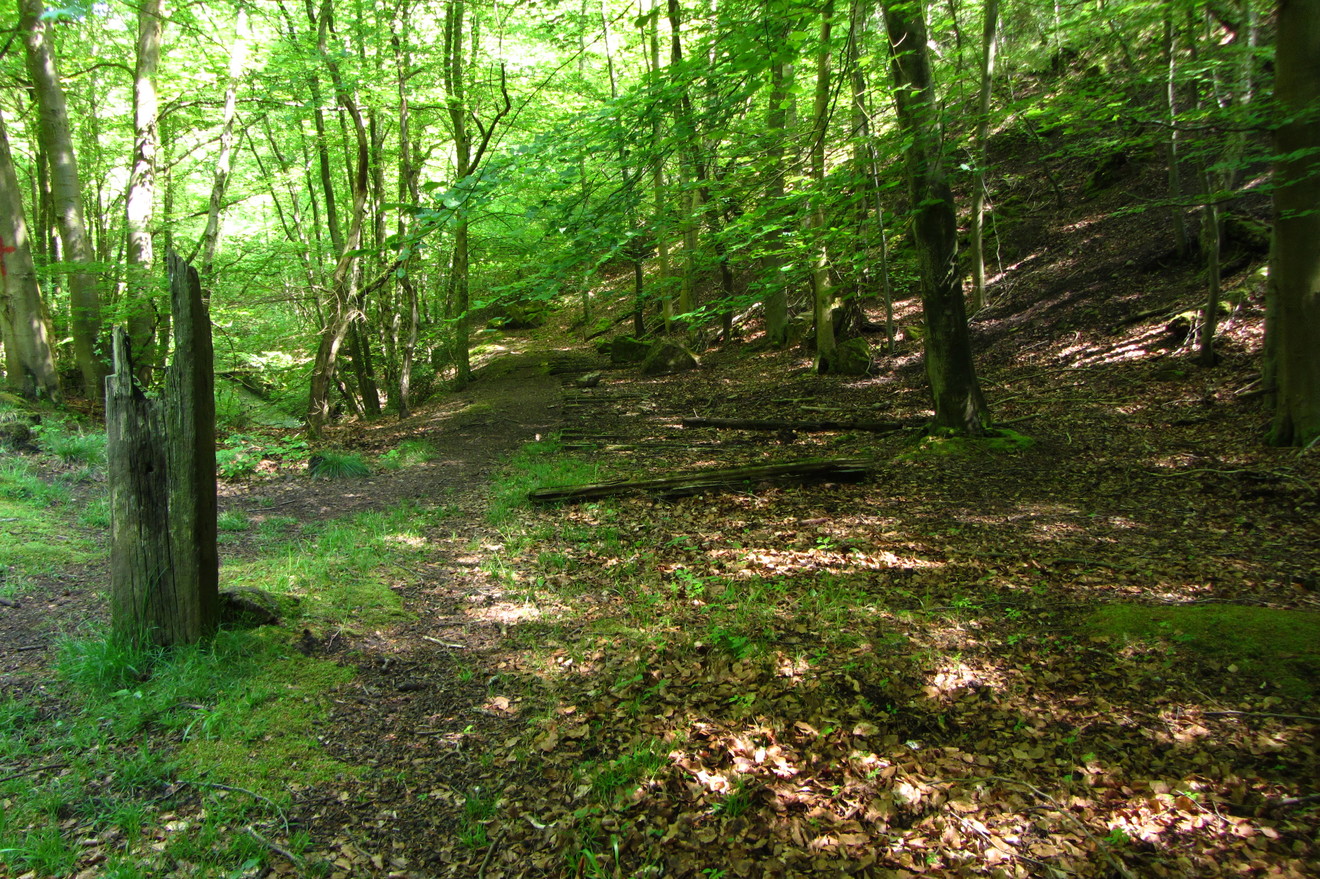First There is a Mountain, by Katie Paterson
/First There is a Mountain 2019 Image © Katie Paterson / First There is a Mountain is supported by the National Lottery through Creative Scotland and Arts Council England
By Sara Bellini:
Every Sunday for the duration of British Summer Time Katie Paterson is touring the British Isles with her new participatory artwork until the end of October. The title is First There is a Mountain and it engages the spectators in building sand mountains on their local beach, using buckets that are shaped after five real mountains: Mount Kilimanjaro (Africa), Mount Shasta (North America), Mount Fuji (Asia), Stromboli (Europe) and Uluru (Oceania). The forms themselves are made out of corn-starch-based bio-plastic, which will be composted at the end of the season. The mountains will be taken over by the rising tide, bringing the participants’ attention to geological processes and the UK disappearing coastlines.
First There is a Mountain 2019 Image © Phil Rees, Swansea Bay with Glynn Vivian Art Gallery / First There is a Mountain is supported by the National Lottery through Creative Scotland and Arts Council England
First There is a Mountain explores time and our relation to the environment and connects the local with the distant landscape of other continents through the minimal constituent of the sand grains. Katie Paterson’s artworks, from black holes to fossils,bring together scientific research and poetic sensitivity and make the viewers consider their space in the universe and the ancient and eternal beauty of the natural world we inhabit.
Check out the website to find out about the project locations and the pieces of writing commissioned for every single one of them:
Project website and next events
Katie Paterson's website







